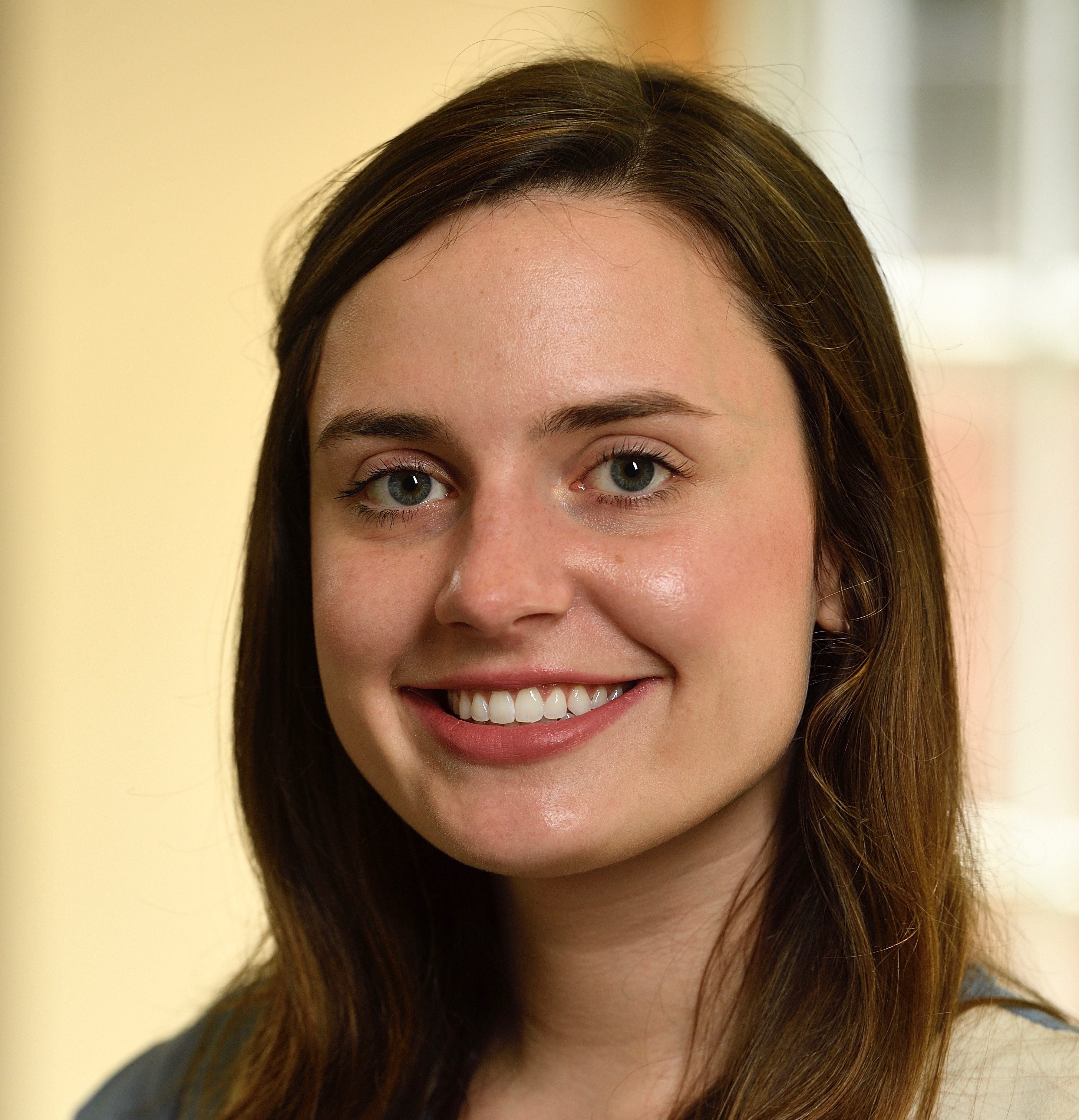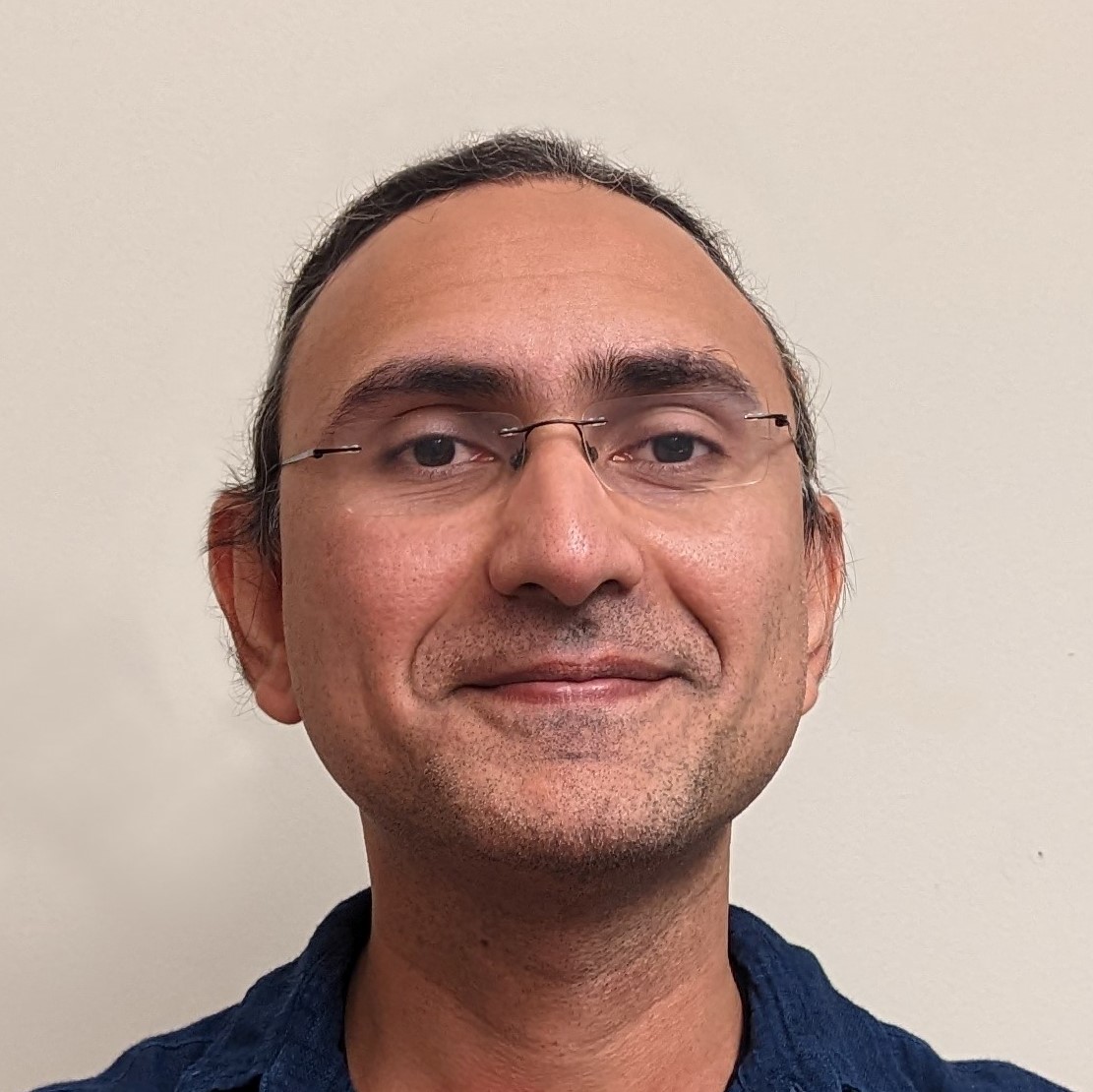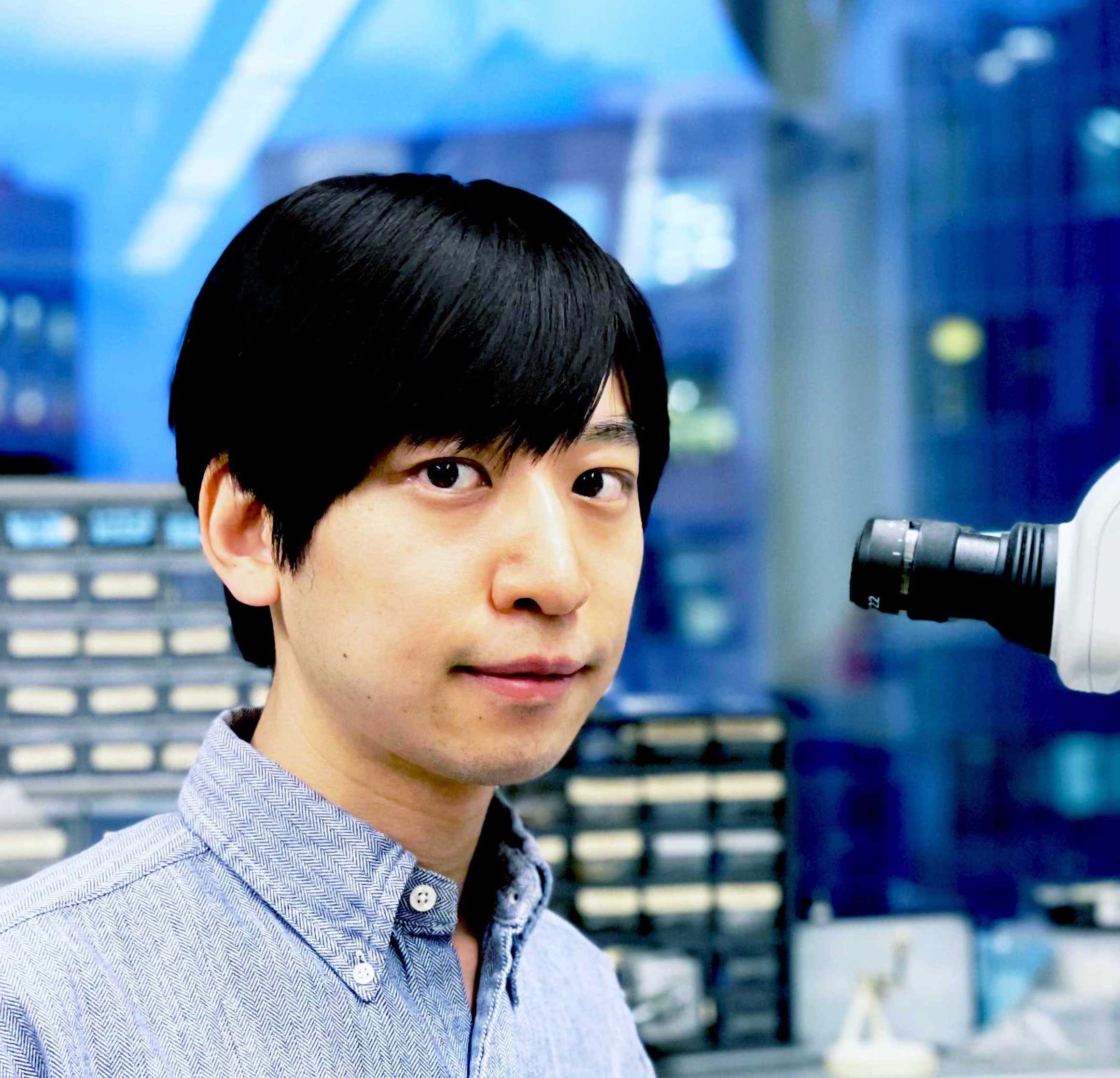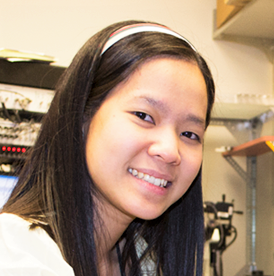Exceptional scholars
Picower Postdoctoral Fellows are researchers of exceptional ability, originality, resourcefulness, and the highest caliber of intellectual achievement. The fellowships program provides them an opportunity to pursue training under the mentorship of a Picower Institute faculty investigator in any laboratory in the Institute, including the space, resources and support needed to run their own programs and pursue an independent research agenda, freed from the burden and uncertainty of trying to secure grant funding.
Meet the current class of these outstanding researchers below.
And visit here to learn of alumni from this and preceding programs.
|
|
Name |
Faculty Mentor |
Research Summary |
| Macauley Breault | Emery N. Brown | Breault is working on developing biomarkers of unconsciousness from brain signals that can be used to control the state of patients under anesthesia in real-time. For her thesis work she studied the impact that internal states have on behavior and where they are encoded in the brain. | |
| Matthew Broschard | Earl Miller | Broschard's interest in neuroscience involves applying neurophysiological and computational approaches to extract meaningful patterns from neural data that gain insights into cognitive processes such as working memory, attention, and categorization. He is studying how the brain transfers working memory-related activity across hemispheres as visual targets ‘cross’ between the left and right visual hemifields. | |
| Tushar Chauhan | Mark Bear | Chauhan's research interest lies in understanding biological sensory computation – and my work strives to investigate the computational strategies biological vision has evolved to process and cope with the dynamic environment we live in. Chauhan will study experimental and computational aspects of visual working memory - primarily investigating how differential axonal-targeting properties of somatostatin- and parvalbumin-expressing cells can lead to regimes where memories can be stored in neural activity across laminar layers | |
| Tatiana Coverdell | Sara Prescott | Coverdell's research is exploring developmental- and aging-related changes within different subtypes of neurons of the vagus nerve, particularly in the context of early-life challenges. She is using single-cell RNA sequencing techniques to create molecular profiles of these changes. | |
| Cassi Estrem | Steve Flavell | Estrem seeks to unveil the molecular mechanisms of how the nervous system senses signals from the gut and how these molecular pathways impact neuronal circuits to trigger changes in behavior. These studies will have broad implications for how gut microbiota interacts with the nervous system and could illuminate how gut microbiota contributes to neurological disorders. | |
| Giselle Fernandes | Mriganka Sur | Fernandes is examining how noradrenergic circuits may modulate motor deficits in Rett syndrome with methods including 2-photon imaging and computational analyses of neural activity. | |
| Brent Fitzwalter | Myriam Heiman | Fitzwalter's research investigates the vulnerability of specific cell types in Huntington’s disease (HD) and Spinocerebellar Ataxia type 1 (SCA1). These fatal, incurable neurodegenerative diseases are caused by CAG trinucleotide repeat expansions that result in expanded polyglutamine domains in the Huntingtin (HTT) and Ataxin 1 (ATXN1) proteins, respectively. | |
| Takato Honda | Matthew Wilson |
Honda is exploring the neural representations of memory and experience in specific behavioral states: active wake, quiet wake, NREM sleep, and REM sleep. To decipher those neural codes and dialogues in the brain, he combines molecular genetics, electrophysiology, optical imaging, behavioral analysis, and computational methods. |
|
| Yire Jeong | Gloria Choi | Jeong is investigating the mechanisms underlying how social support influences recovery from infectious disease, with a focus on the role of social touch and the oxytocin system. | |
| Julian Kimura | Brady Weissbourd | Kimura's work is focused on generating foundational data establishing the new model organism Clytia hemisphaerica as a system to study regenerative neuroscience. He is focused on discovering mechanisms underlying the animals' ability to regenerate their nervous systems. | |
| Oisin King | Li-Huei Tsai | King's research focus is the investigation of multicellular and molecular mechanisms that drive neurodegenerative pathologies, such as Alzheimers Disease (AD) and Frontotemporal Dementia (FTD), via development and implementation of in vitro patient-derived induced pluripotent stem cell (iPSC)-based models. King is especially interested in tauopathy. | |
| Lorenzo Ochoa | Kwanghun Chung | Ochoa works to apply tissue transformation and microscopy methods to study disease processes in living and perserved organ tissues. He is interested in investigating neurodegenerative disorders and their associated pathologies by spatially mapping the transcriptome and proteome from the subcellular level to whole organ scale. | |
| Jessica Sidisky | Troy LIttleton | Sidisky is working on determining if adult Drosophila neuromuscular junctions (NMJs) show diversity in active zone (AZ) strength, AZ protein content and turnover. I will also be working on characterizing the nature and timing of how individual AZs capture and incorporate proteins in aging adult NMJs. | |
| Baovi Vo | Elly Nedivi | Vo joined the Nedivi lab to work on a project examining the link between genetic susceptibility to bipolar disorder (BD) and CPG2 expression and function. CPG (Candidate Plasticity Gene)-2 is a brain-specific protein that localizes to excitatory postsynaptic sites and regulates glutamate receptor internationalization. Previous work from the Nedivi lab found BD-related polymorphisms in CPG2 regulatory regions | |
| Kailong Wen | Linlin Fan |
Wen is investigating inhibitory synaptic plasticity in the hippocampus with a particular interest in understanding how inhibitory neurons contribute to place cell formation in vivo. His aim is to aim to uncover new insights into inhibitory synaptic plasticity and its implications for learning and memory. |















